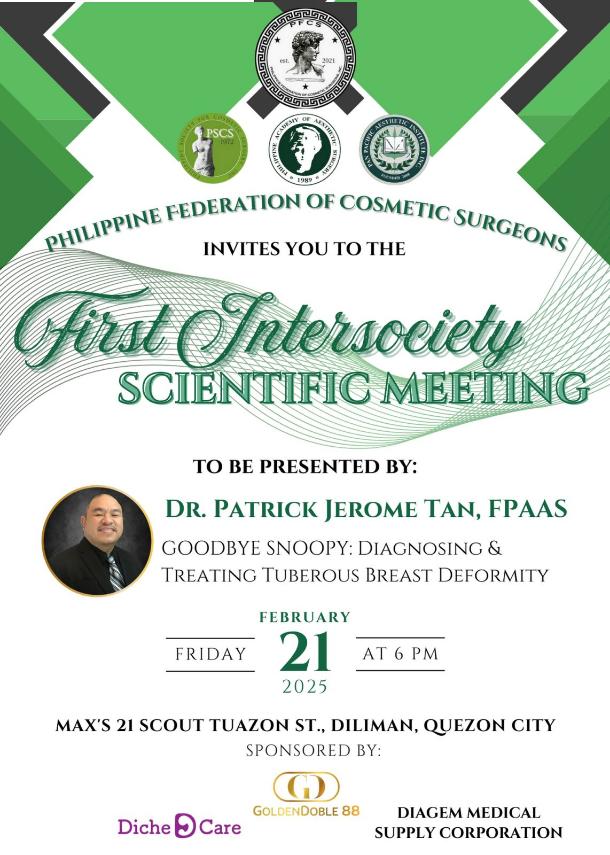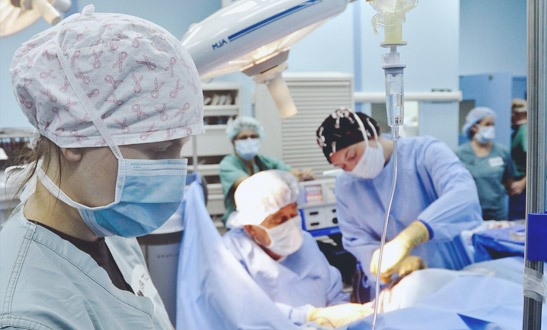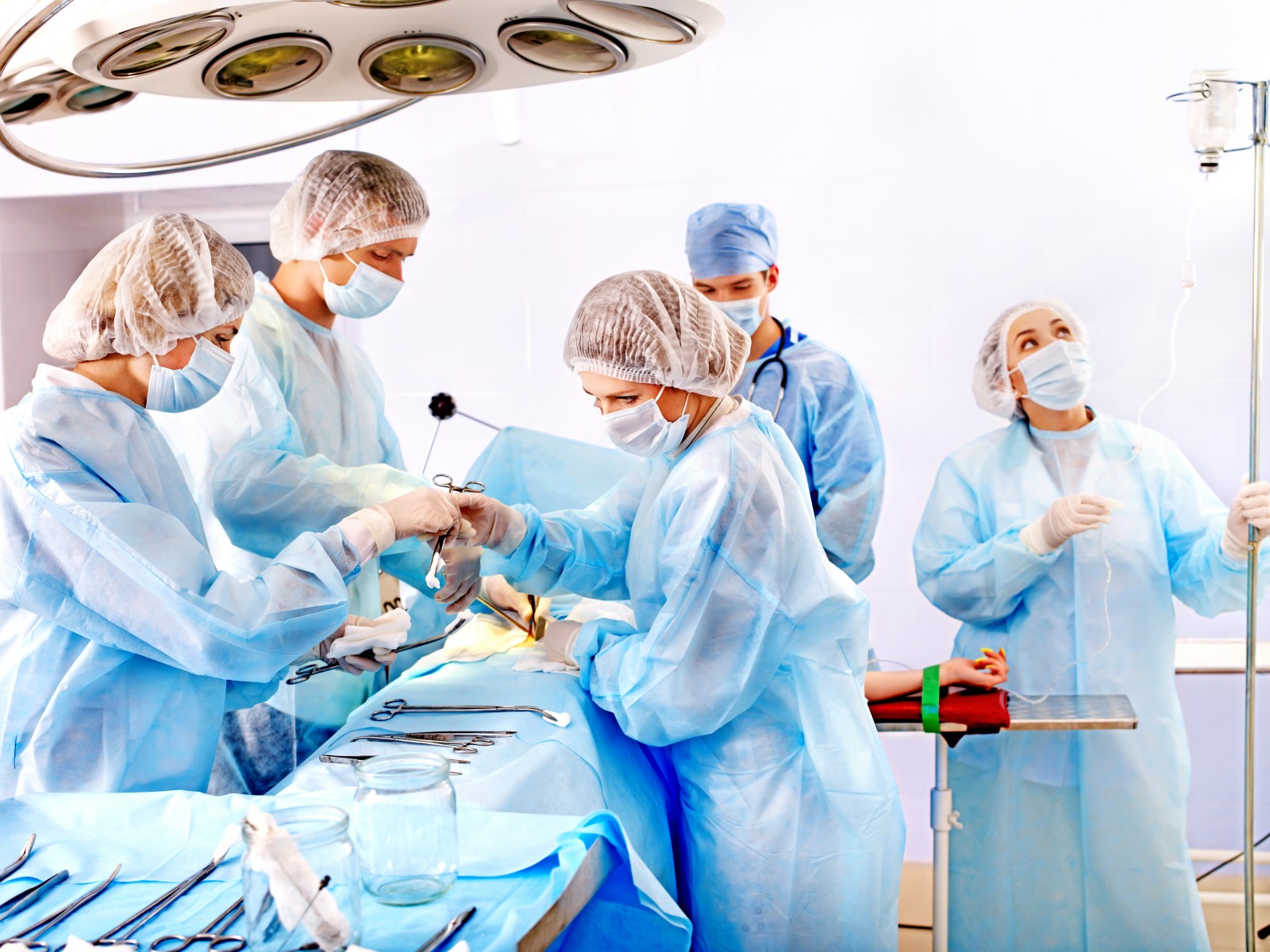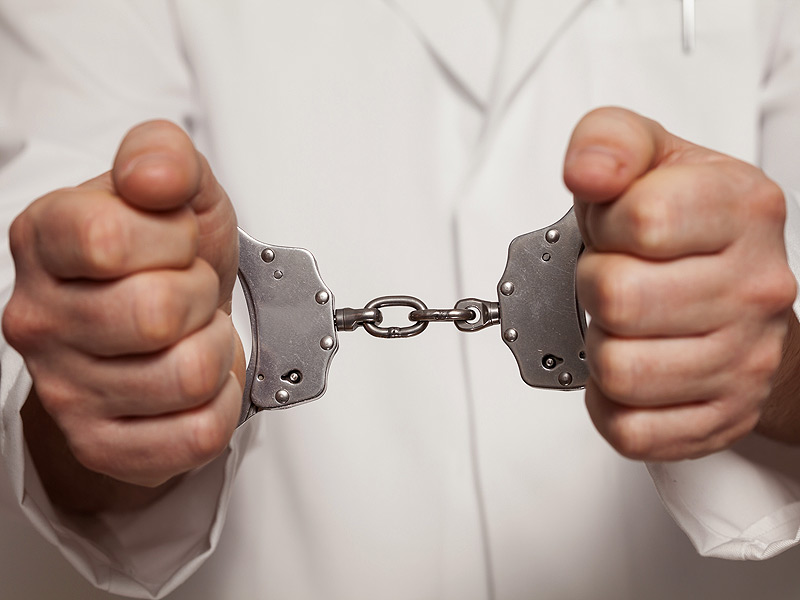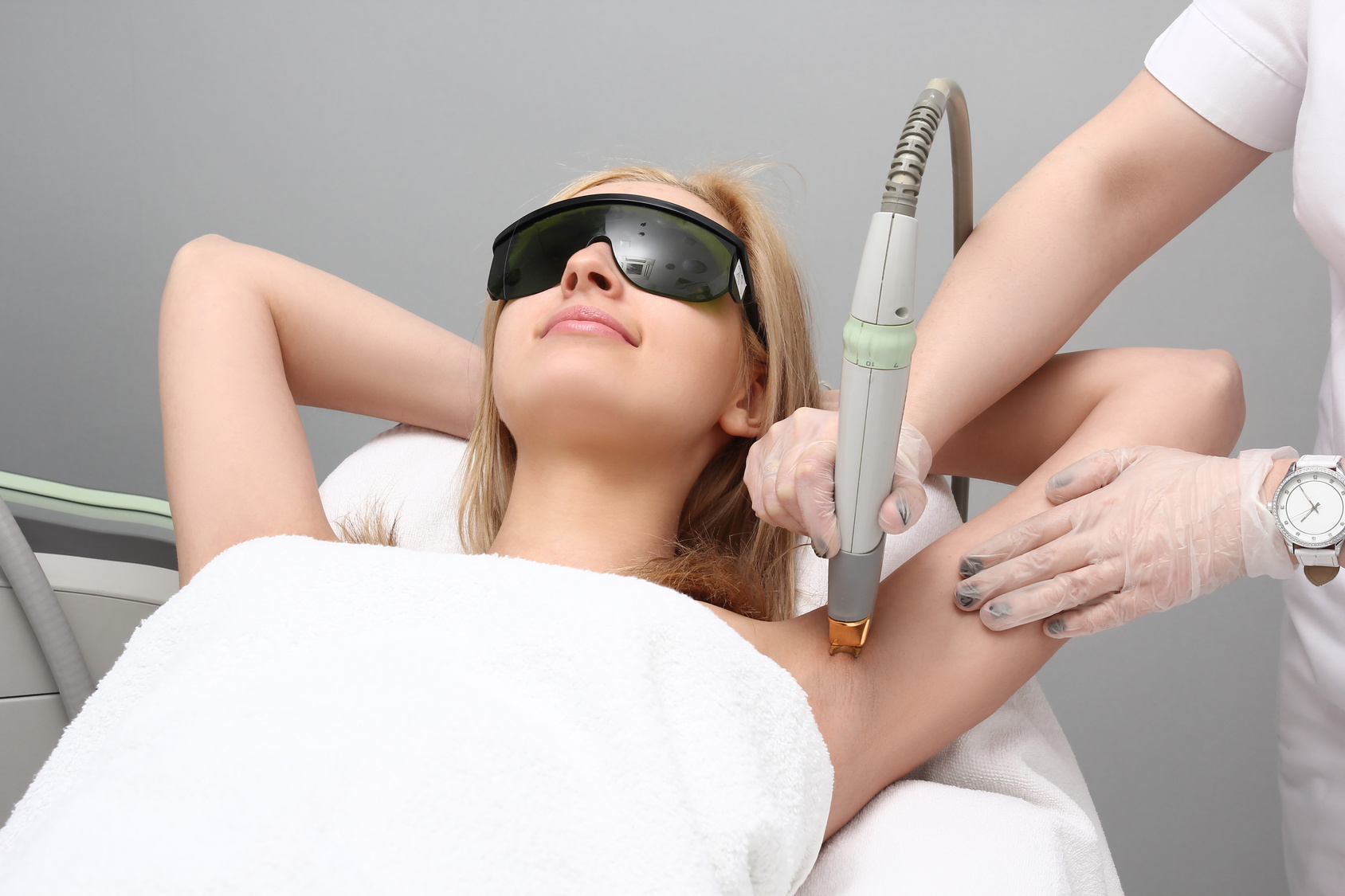New guidance on preventing surgical site infections (SSIs) from the World Health Organization (WHO) recommend that patients bathe or shower before surgery but that they not be shaved, and that antibiotics be used immediately before and during surgery but not afterward.
The Global Guidelines for the Prevention of Surgical Site Infection were developed by a panel of experts who reviewed the latest evidence on preventing SSIs. They include 29 concrete recommendations to be applied in the pre-, intra-, and postoperative periods.
The guidelines are valid for any country and are suitable for local adaptation. They take into account the strength of available scientific evidence, cost and resource implications, and patient values and preferences, the WHO says. The guidelines complement the WHO Surgical Safety Checklist by providing more detailed recommendations on SSI prevention, the agency says.
The new guidelines, if implemented, will save lives, reduce harm, cut costs, and limit the spread of antibiotic resistance, the WHO predicts.
Huge Burden, Highly Preventable
SSI is an issue that “concerns everyone,” Ed Kelley, PhD, WHO director of service delivery and safety, said during a press briefing. “There are no reliable estimates or global database or registry tracking exactly the number of surgical site infections that occur every year, but WHO estimates that millions of patients are affected by surgical site infections annually,” he added.
SSI is “highly preventable,” Dr Kelley said, and the new WHO guidelines are “the most extensive set of global guidelines ever produced on this subject.”
Until now, no international evidence-based guidelines had been published, and there are inconsistencies in the interpretation of evidence and recommendations regarding existing national guidelines, the WHO notes.
The guidelines were published online November 2 in two separate articles in the Lancet Infectious Diseases.
The guidelines say it is “good clinical practice” for patients to bathe or shower before surgery, and they recommend either plain soap or an antimicrobial soap.
With regard to the timing of the use antibiotics, there is evidence that antibiotics given before surgery can prevent infections for certain surgical procedures, but there is no evidence that use of antibiotics after surgery prevents infections, the guidelines say.
The recommendation is to administer surgical antibiotic prophylaxis within 120 minutes before incision and that consideration be given to the half-life of the antibiotic. “Obviously, the selection of the antibiotics, the exact appropriateness of the antibiotic for a given patient is up to the clinician,” Dr Kelley noted.
No Shaving
The guidelines “strongly” discourage shaving at all times, whether preoperatively or in the operating room. The guidelines say that hair should either not be removed or, if absolutely necessary, be removed only with a clipper.
Shaving is something that has “long been assumed was necessary to facilitate skin exposure,” Dr Kelley said. However, after extensive review of the evidence and lengthy discussion, the expert panel concluded that “hair removal can actually increase the risk of causing microscopic cuts or traumas to the skin, and the evidence tells us there is clear benefit to not removing the hair or simply clipping it if it absolutely needs to be done,” Dr Kelley said.
The guidelines also spell out the best way for surgical teams to clean their hands, what disinfectants to use before incision, which sutures to use, and the best approach to the use of drapes and gowns for preventing SSIs.
Although the guidelines are intended for surgical patients of all ages, some recommendations do not apply to the pediatric population, owing to lack of evidence or inapplicability. This is clearly stated in the guidelines.
“No one should get sick while seeking or receiving care,” Marie-Paule Kieny, PhD, WHO assistant director-general for health systems and innovation, said in a news release. “Preventing surgical infections has never been more important, but it is complex and requires a range of preventive measures. These guidelines are an invaluable tool for protecting patients.”
“I really welcome on behalf of doctors this set of guidelines,” Dame Sally Davies, MD, chief medical officer, United Kingdom, told reporters at the briefing. “It’s WHO at its best ― evidence-based, normative guidelines that are straightforward and simple to use. We all know that we’ve got to use our resources carefully, and you tell us when to use them and when not to use them in this, and that’s terribly important,” she added.
The WHO’s next step will be to work with countries and experts to prepare an implementation guide and assessment toolkit, Dr Kelley said.
Lancet Infect Dis. Published online November 2, 3016. Preoperative recommendations, Abstract; Intra- and postoperative recommendations, Abstract
